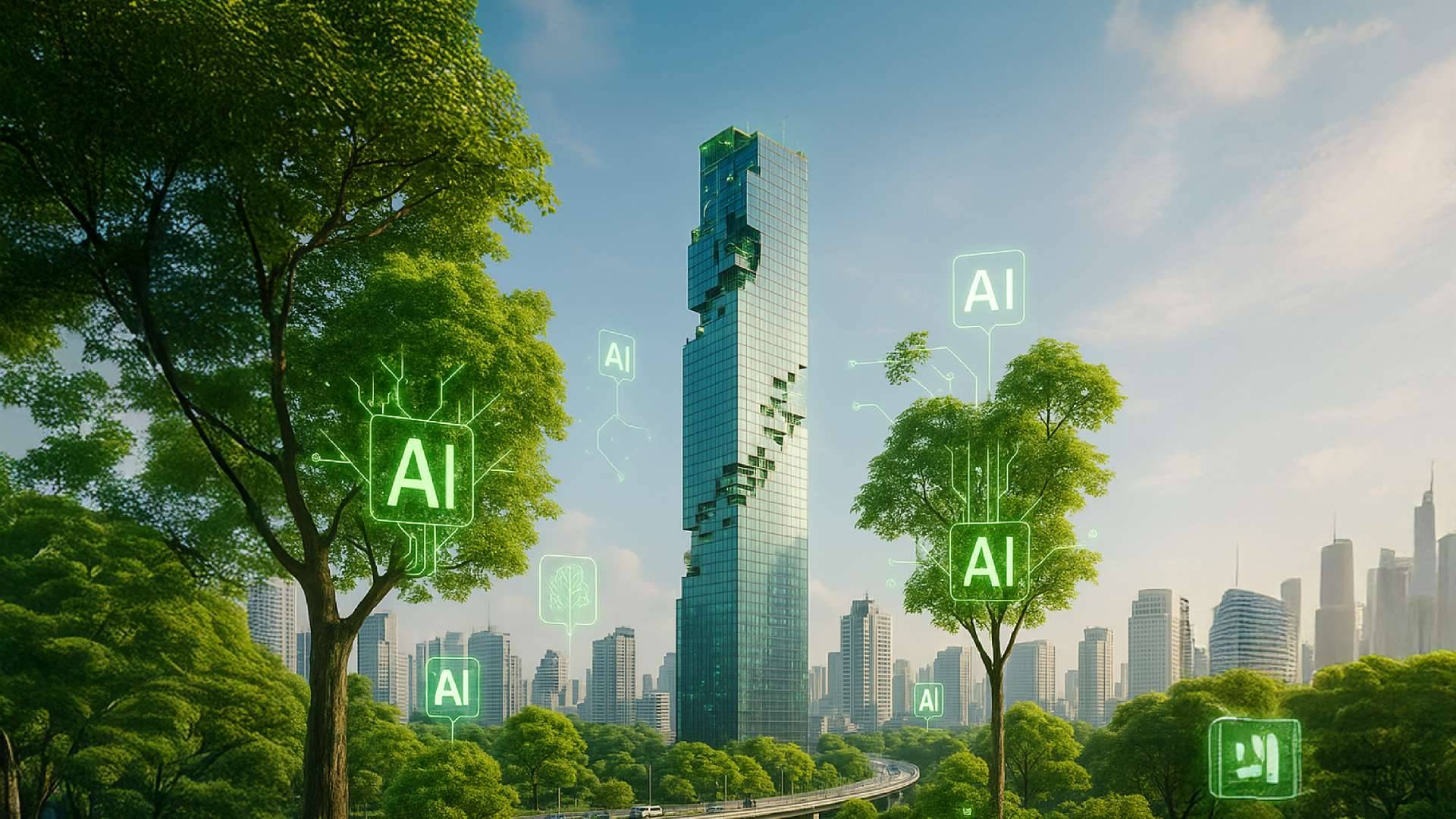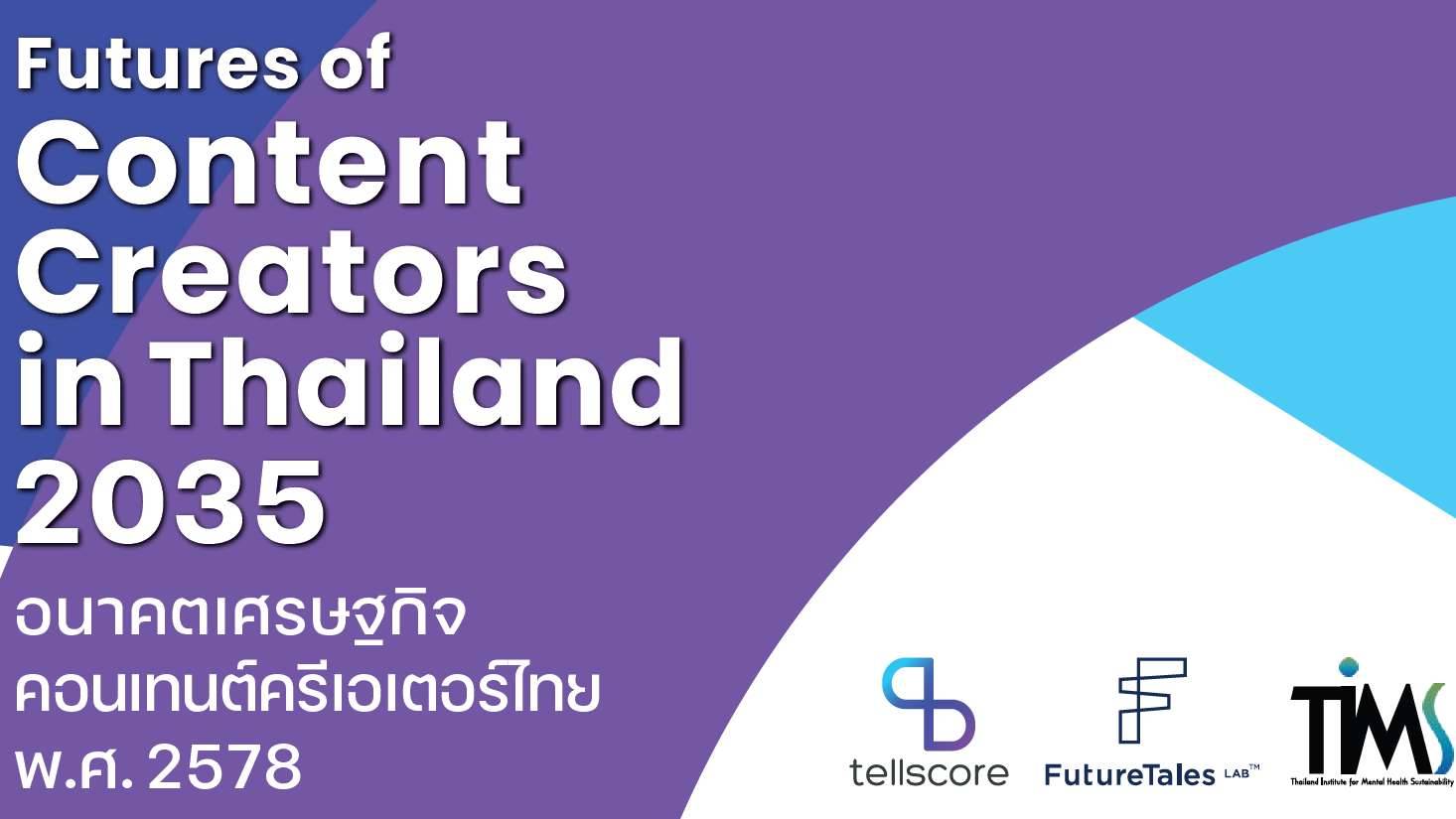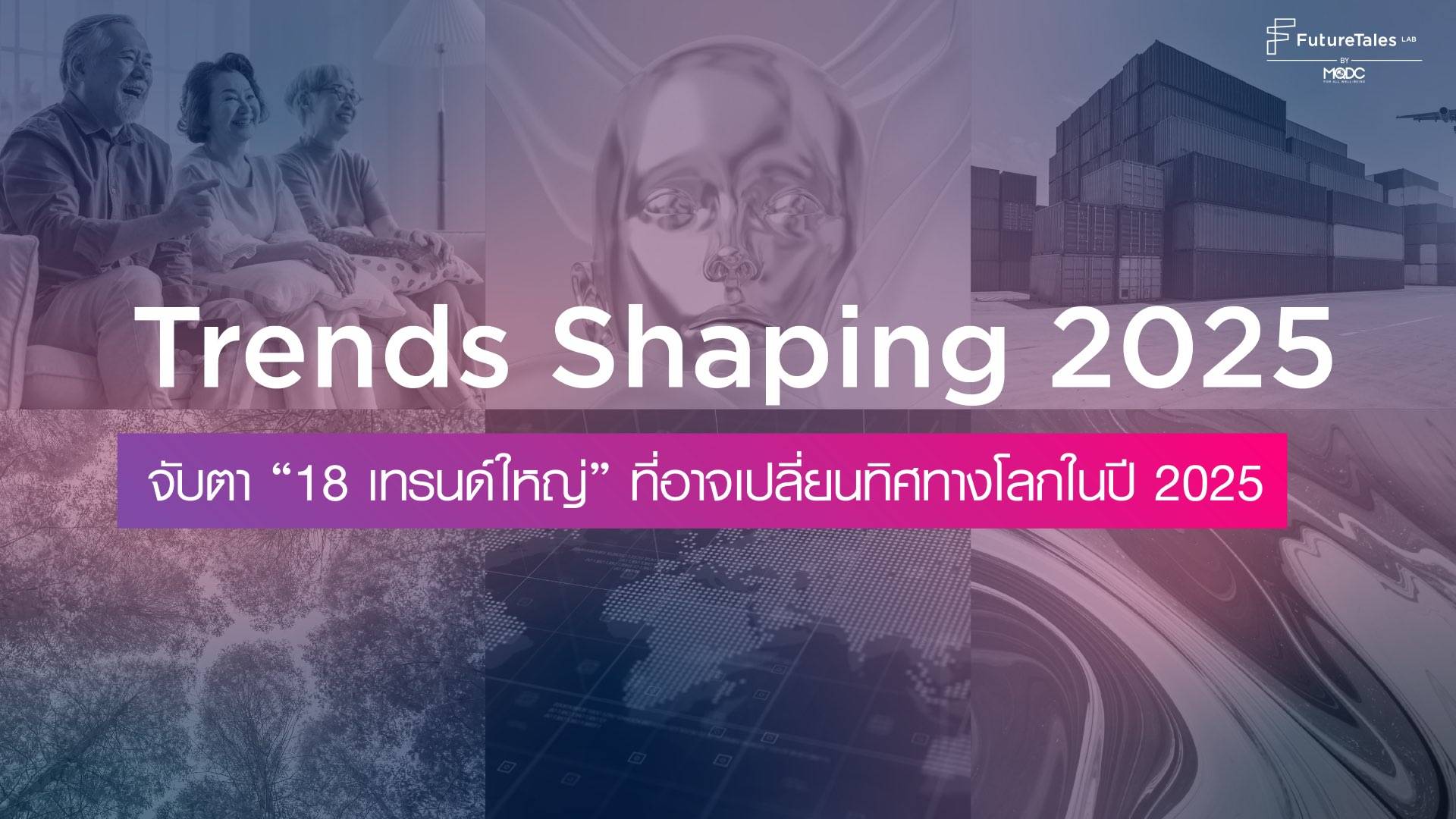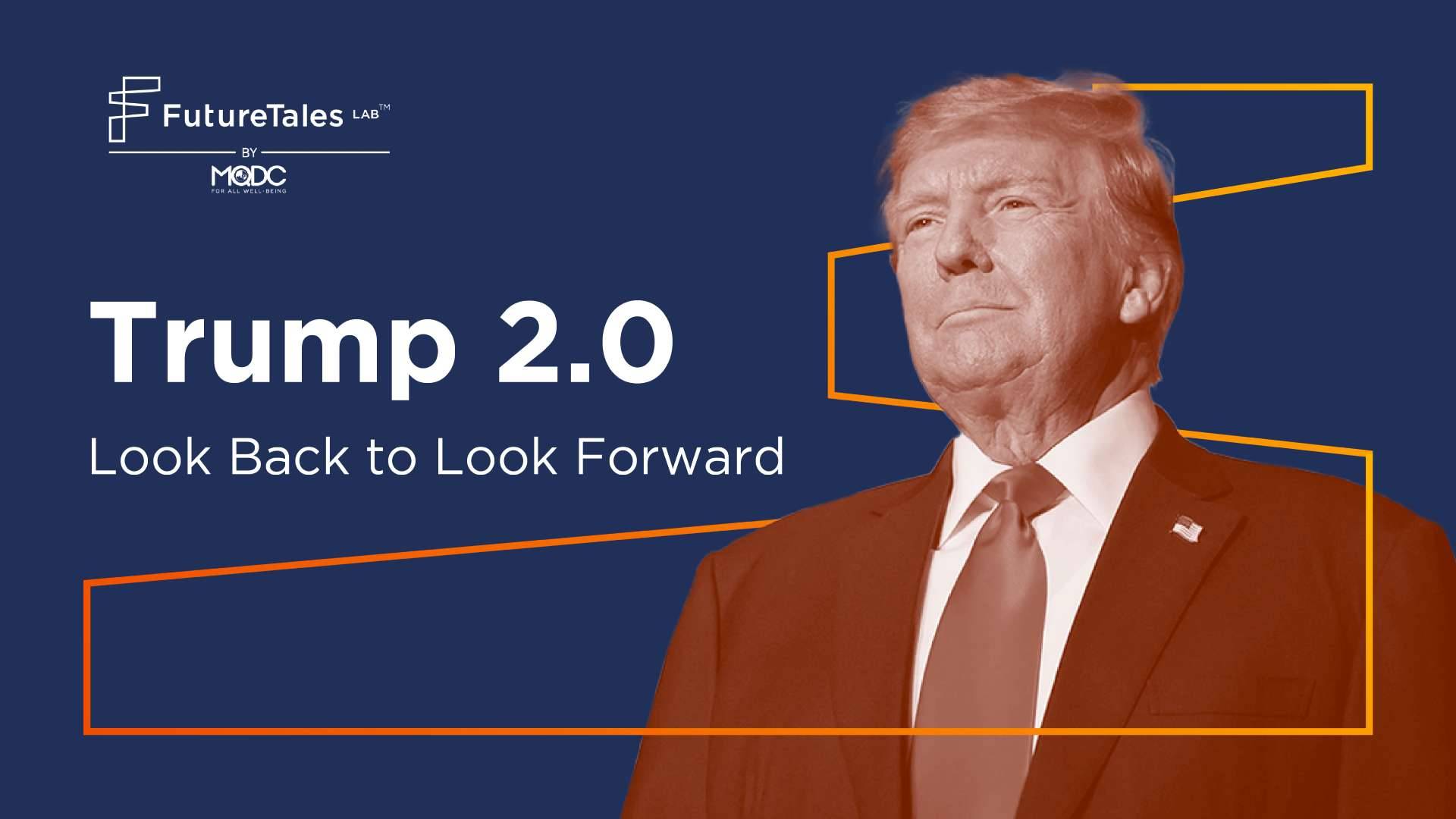
Virtual Influencer
ARTICLES | Mar 13, 2024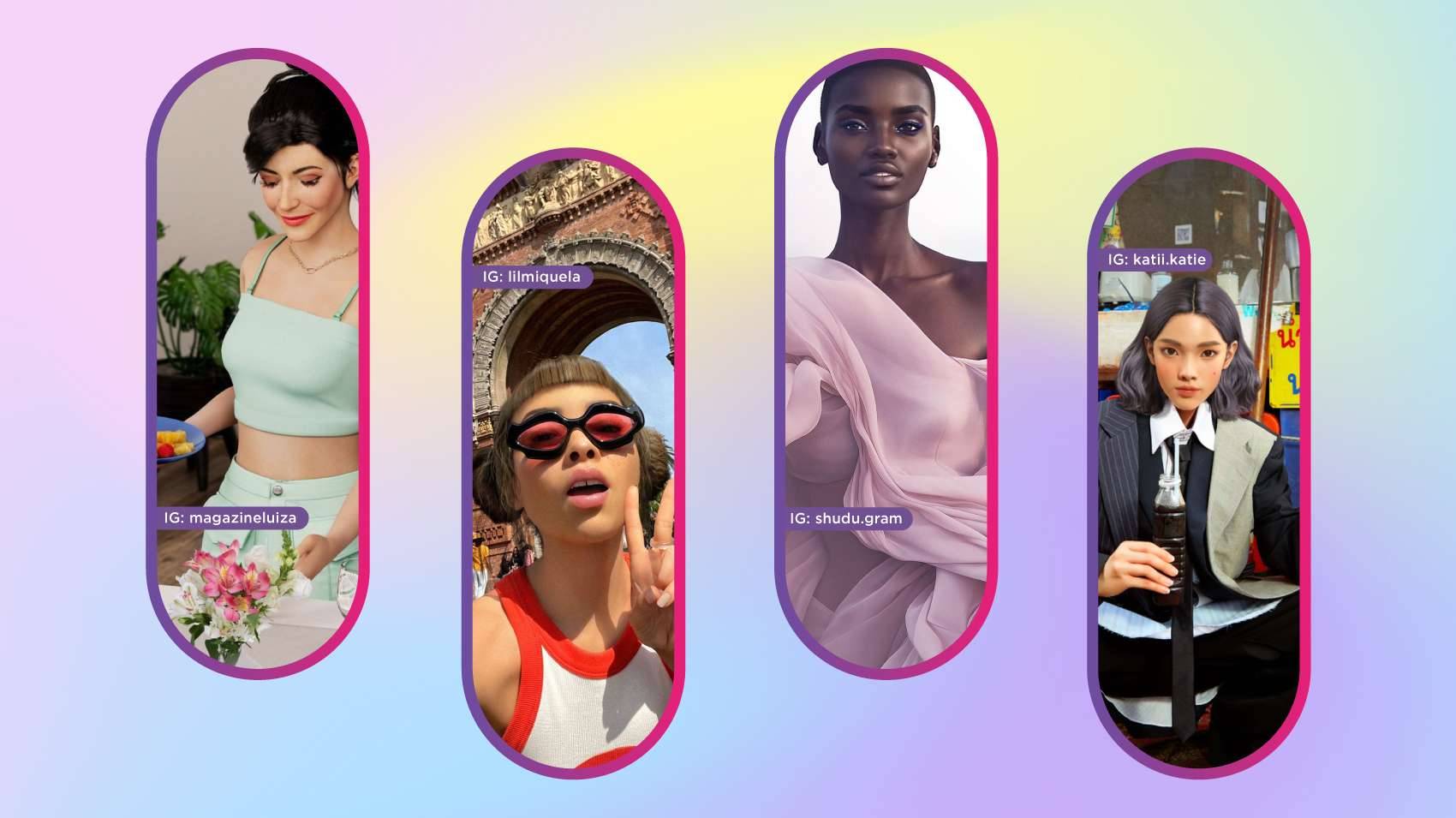
[#VirtualInfluencer]: Virtual Influencers Reach 40% of Consumers
Influencers from journalists to academics, rulers, artists, and celebrities affect our purchasing decisions. A Coca-Cola advertisement starring Marilyn Monroe, for example, makes the public know and like the brand, becoming its customers and partners. In the internet era since 2000 web blogs and YouTube let people follow content based on their own interests more widely.
The “influencer” has become widely used since 2010. Becoming an influencer is the no.5 dream job for young Thais, in line with growing online channels. Marketers use influencers or famous people as a serious marketing and brand management tool. Data and analysis can enhance results to make brands known and accepted with support from target groups.
Virtual influencers are created using computer science to interact with people or users of social media such as YouTube, Instagram TikTok, Facebook, or even Spotify. They may look like real humans (lifelike CGI humans) be similar to humans (animated humans) or not be humans at all.
There are currently more than 200 virtual influencers. Lu do Magalu has over 31.2 followers across all platforms. A 2022 survey found that 58% of social media users follow at least one virtual influencer. The virtual influencer market is expected to grow from US$4.6 billion in 2023 to US$46 billion in 2030 at a rate of 38.9%. North America has a market share of 44% as the largest market.
Virtual influencers are seen as extremely beneficial and will play an increasingly important role in the marketing space. Developers can design characters to perfectly suit the interests, values, and lifestyles of each consumer group. Virtual influencers can create a sense of self (authenticity) that is consistent and closer to each specific consumer group more effectively. They’re also able to better interact with consumers. For example, NARS, a global cosmetics brand, has partnered with Dimensions Studios to create 3 virtual influencer characters - Maxine, Chelsea, and Sissi. Each has a completely different personality to respond to the different needs of each group of brand consumers.
HypeAuditor found virtual influencers with over 1 million followers achieve an engagement rate of 2.89% from their followers. Human influencers typically have an engagement rate of only 0.7%, a difference of more than 4 times. Virtual influencers are especially effective among consumers of generations Z and Y.
Many brands are reportedly interested in developing virtual influencers for social media or other platforms. They can create an emotional connection with consumers while saving costs and eliminating the hassle of contracting and managing celebrities to present a brand image that is technologically advanced and innovative.
But success depends on strategic planning and management of the brand and virtual influencers. Brands must invest appropriately in the design and management of technology such as artificial intelligence, 3D models and see how consumers respond to changes.
Important implications for the future:
- Virtual influencers have become an important tool to help brands successfully manage their fans across multiple marketing channels in both the physical and virtual worlds.
- Linking large databases with artificial intelligence and machine learning can extend reality technology for virtual influencers to seamlessly interact with consumers like real people with the desired personalities to effectively convey the brand.
- Creating virtual influencers who can create emotional connections with consumers and lead to pro-brand behavior has become a new challenge for marketers and brands.
- The career of a virtual influencer character designer has become a new job opportunity for those with an understanding of psychology and the behavior of each consumer group.
Want to know more about us, click www.futuretaleslab.com and https://www.blockdit.com/futuretaleslab


